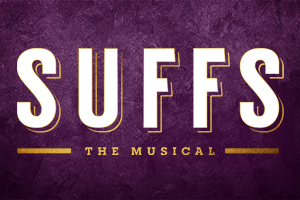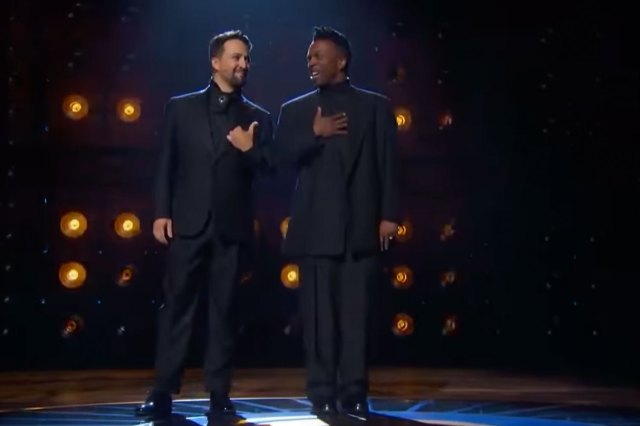Interview: How Shaina Taub and Leigh Silverman Built and Rebuilt Their Musical Suffs for Broadway
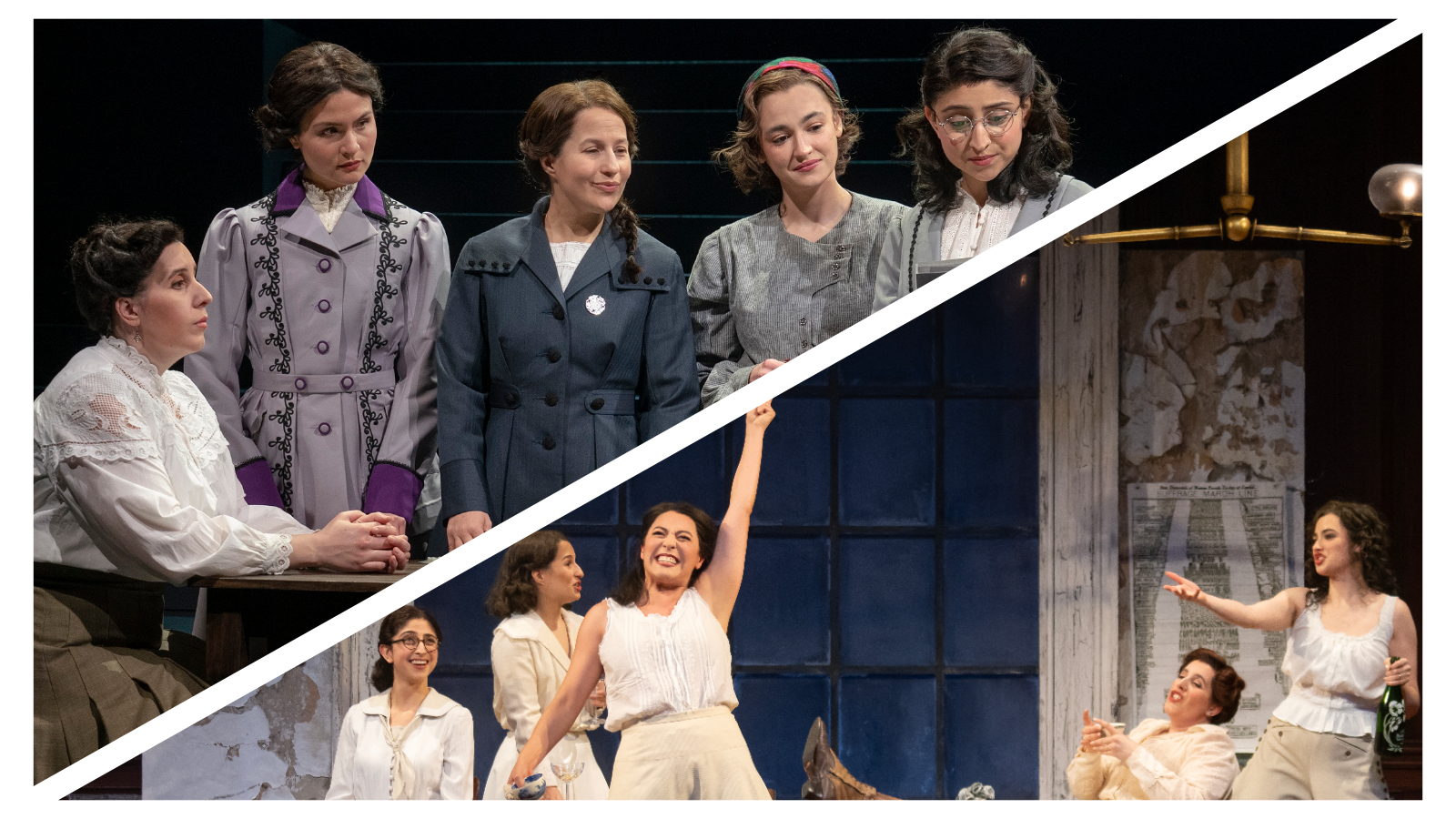
(© Joan Marcus)
Shaina Taub’s musical Suffs rode a wave of buzz into the Public Theater in 2022. Telling the stories of suffragists Alice Paul, Carrie Chapman Catt, Ida B. Wells, and the other women who fought for the right to vote at the start of the 1900s, Suffs sold briskly and attracted a wave of notable audience members, but reviews were less than glowing, and, like many shows during the Omicron Covid-19 wave, it was plagued by performance cancellations and supply chain issues.
When Suffs closed at the Public, Taub and director Leigh Silverman went back to the drawing board to address issues that critics discussed in writing and that Taub noticed firsthand by performing the show each night as Alice. Taub jettisoned the original opening number and several other songs, turned sung-through scenes into sturdier book moments, and found other ways to allow her supporting cast members — including Jenn Colella, Nikki M. James, and Grace McLean — to have fuller arcs. At the same time, Silverman brought on an almost entirely new creative team, restaging and redesgining the show from top to bottom.
In an era where shows transfer to Broadway without truly plugging the holes, the work Taub and Silverman have done on Suffs sticks out. On Broadway, at the Music Box Theatre, it feels like a whole new show (and just earned six Tony Award nominations, including Best Musical, to boot). And here’s how they did it.
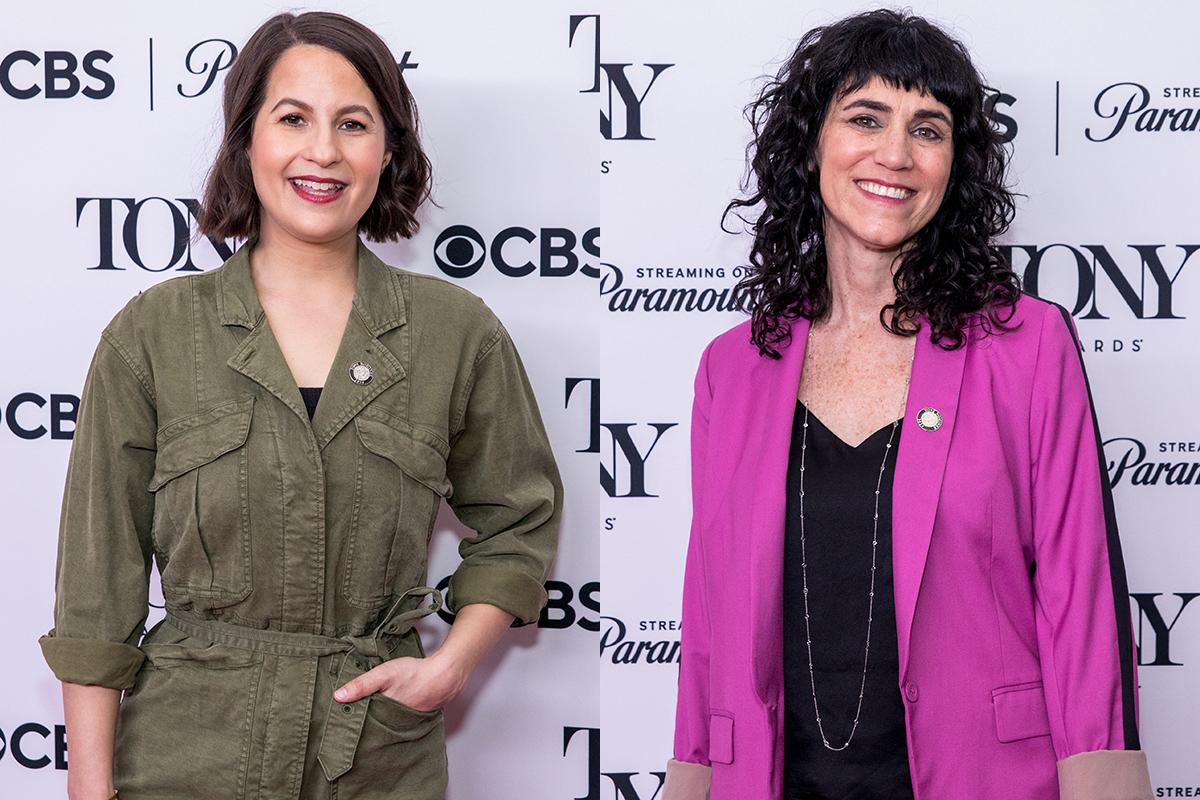
(© Tricia Baron)
This conversation has been condensed and edited for clarity.
Take me back to the end of the Public run. At what point did you say “Ok, we’re going back to the drawing board”?
Shaina Taub: The conversation never stopped. Lin-Manuel had told me that the best way to learn about your show is to do it every night, because you get all that data in real time. No one is there more than me. I can hear things that I always knew landed every time, and frankly, still do.
But the opening was a big one. I could just tell that we were not starting the show in the right way. It’s the amazing thing about theater: We had the same opening for years in development, and we never questioned it. It always worked in readings. I stand by it as a conceit and as a number, but almost as soon as we got in front of an audience, there was something…The people coming into this theater are starting at zero. They know nothing about suffrage, they know nothing about the movement, and to immediately hit them with a Brechtian anti-suffrage perspective — I was trying to immediately subvert an expectation that I realized didn’t exist. The audience told us that right away.
That might be something that’s too much to amend in a three-week preview period.
Shaina: And our entire run in 2022 was defined by Covid. Every day, we had the panic of “Who has Covid today?” Just the fact that we ran at all is a minor miracle. We barely got to work downtown. Changing an opening number was, like, number 10 on our list of stresses that day. Numbers one through nine were just “Do we have enough people to put on the show?”
Leigh, what made you want to redesign the whole show?
Leigh Silverman: I’ve redesigned the show three times. We were planning to run in the fall of 2020, and then there was a whole plan to run it in the summer of 2021 at the Delacorte, and then we got moved to January 2022. We’ve stayed flexible enough, creative enough, and nimble enough to reimagine the show again and again. A huge amount of inspiration for that came from my new collaborators, like Mayte Natalio, our choreographer, and Michael Starobin, who did the orchestrations.
The vicissitudes of how shows move to Broadway are so crazy. The turnover of my design team didn’t happen all at once, it happened in very incremental stages. It was a very unusual process. This is the shape of the team, and now this is the shape of the team. We had to take everything that I knew to be true and right and amazing about the show, essentially the heart, and say “We’re going to put it in a completely different body.”
Just from a technical point of view, we were struggling with Covid supply chain issues at the Public, as many shows were in January 2022. Everyone was not able to do their best work, let me put it that way, industry-wide, and certainly inside of our room. Part of this experience has been not only the gift of being able to shed some of that experience, but to truly collaborate around a script that’s in a different place and music that’s in a different place. When Shaina rewrote “Finish the Fight,” the adjustments she made to the song were the beginnings of my changing the entire concept of the show. My whole directorial idea came from a two or three-line lyric change, and it reshaped my entire understanding of how the show could work visually.
Shaina, correct me if I’m wrong, but it feels like, in this version of the show, you’ve taken away from yourself and Alice to give more to the characters played by Jenn Colella and Nikki M. James and Grace McLean. Their arcs feel so much more present now.
Shaina: That’s interesting. I wonder if what’s making you think that is actually that Alice’s character arc is more complete and robust, which allows those supporting roles to shine. Alice’s songs are the most different of anyone’s songs, whereas Jenn’s, Nikki’s, and Grace’s three big solos have been the same since 2018.
My diagnosis, which is obviously subjective and biased, is book. When I first started writing this, for so many years, I didn’t think of myself as a playwright or book writer. I didn’t feel confident in writing dialogue and scenes. I musicalized everything because that’s what I knew. Part of these last two years has been getting over my fear of writing scenes, with a huge dose of encouragement from Leigh. That makes the songs and characters shine because you can hear everything better. I went back to the book musicals that I love and read through the librettos while listening to the cast album so I could see how I could set up these songs better. The most substantive, formal change of the show is just more book.
I want to specifically hear about some of the things that got lost or changed along the way. Like cutting Grace McLean as both President Wilson and Mrs. Wilson.
Shaina: No one tried harder to make that work than me. There was such a satisfying theatrical reversal to it. Edith Wilson was anti-suffrage. She was no friend to feminism. It would be much more dramatic if she was, and she could take over and safe the day. But also, with the pacing of Act Two, everything was driving to the next thing, and by the time we got to our last reading, it felt like the last remaining hiccup. As fun and delightful as it was, it was a cuttable side mission that didn’t feel worth the squeeze.
The superior dramatic and comedic idea is having Wilson reprise “Let Mother Vote.” After this whole two hours — seven years — of watching Alice and the crew hold his feet to the fire, what is he singing when he finally capitulates? Carrie’s song.
Emily Skinner is new to the show for Broadway. Was her big song as Harry Burn’s mother there during the Public run? I either don’t remember or it just feels much more present now.
Shaina: That song has been there since the earliest drafts. Never rewritten a lyric, never touched. It’s Emily Skinner. And the set. Leigh having the platform turn around is so brilliant.
Leigh: It also encapsulates so much of what our show is about, which is the forgotten history of these women. It makes you think about all the mothers throughout time in that moment, and, like the most amazing moments in theater, it’s specific to one person but enormously universal.
Shaina: Dramaturgically, if I were fictionalizing the story, it would probably have been better to have my protagonist be the one who took the action to get Harry Burn to say Aye, but historically, it was this other person.
Leigh: And that’s why the show is called Suffs. We wanted it to feel like an ensemble show.
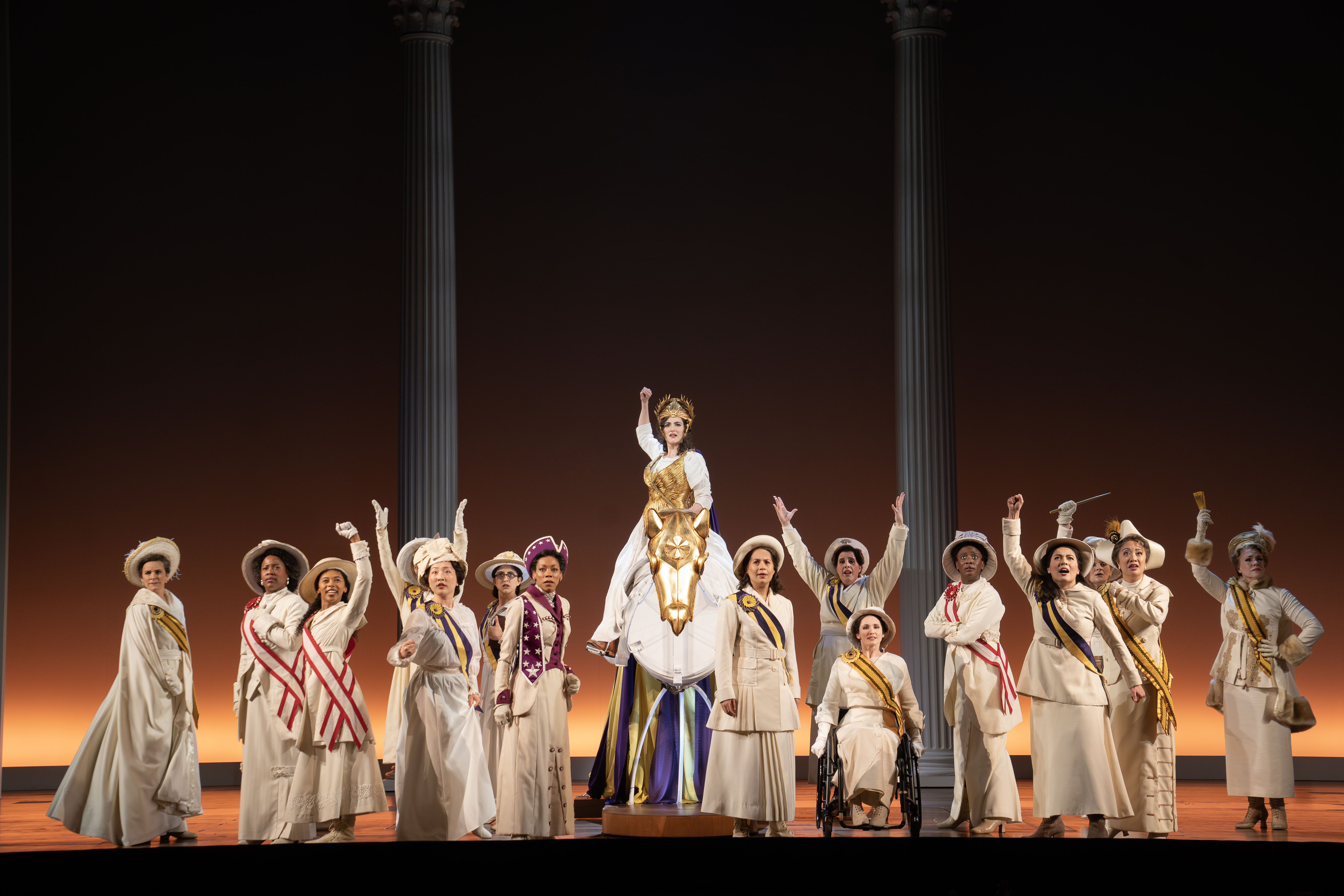
(© Joan Marcus)
What was the hardest thing to lose?
Shaina: It’s a song called “I Wasn’t There” at the Public, and it happened after the vote passed. It’s about how the 19th Amendment was signed into law behind closed doors in the middle of the night. No one was invited, there was no photograph, no one was given the pen. The women were not included, I think very pointedly. It was a song where the women, with some sense of self-awareness, were telling the story to the audience.
It always felt so central, from the workshop. In our last reading, I wrote a new theme of “I want you to know I was here.” It was a counter to “I wasn’t there.” It surpassed it, because I think it’s more moving for an audience to hear the characters be like “I want you to know I was here,” and then for you to realize that you had no idea they were there. It lets us feel the erasure, as opposed to the women from history telling it to us.
It’s always been a battle of the show, emotionally, to consider how much celebration and how much defeat there should be. The thesis of the show is the perpetual incompleteness of any political or social victory, but how do you balance that with wanting to take an audience on a ride? We realized it was a bridge too far in the denial of the celebration. It died hard, because always it felt so powerful.
Leigh: That moment, and a bunch of other moments like it, weren’t right for the show because something emotionally stronger could happen, even if it meant we didn’t get the history. What felt hard about it was that it’s such an unbelievable and harrowing piece of history that I just want people to know.
Shaina: There was a practical element, too, in that it had finale vibes, but there’s still 15 minutes of show left.
I have a very strong recollection of the original final scene where Alice, now part of the establishment, encounters a progressive student who asks her if she’s queer. What was the impetus for removing that?
Shaina: That was a great moment, but what unlocked the scene was the idea of having the student character reprise “Finish the Fight” instead. In the epilogue of the show, all that needs to happen dramatically is that Alice finally sings Carrie’s tune, and the student sings Alice’s tune, and the generational handover is complete. I needed to make the leanest version of the book scene to get to the musical moment, and it was death by 1,000 cuts.
Do you feel like you’ve finally finished the fight now?
Shaina: Totally. If we had another month, another year, I’m sure we would keep working, but the show is about the incompleteness of any work, and that helps me make my peace with the fact that this is the show that we’ve worked on for a decade of our lives. I didn’t understand, as a kid devouring cast albums, that all of this is just a slice of life. And I feel very at peace with this being that slice of life.
Leigh: I’ve been a director for almost 30 years now. There’s rarely recognition. It’s always hard. Sometimes, it feels good at the end and there’s relief. Mostly, there’s not. There wasn’t coming out of the Public. To have a chance to continue the work, in a way, is the reward. This is a show about a bunch of really driven, passionate, hardworking, stubborn women trying to get something done. It started to resonate with us on a meta level. But I have to say, the relief of this moment goes hand in hand with a company of people who never stop working and only ever want the show to be better and are looking, at all times, for ways to continue the work. That is a great testament to the process we’ve had and where we are now.
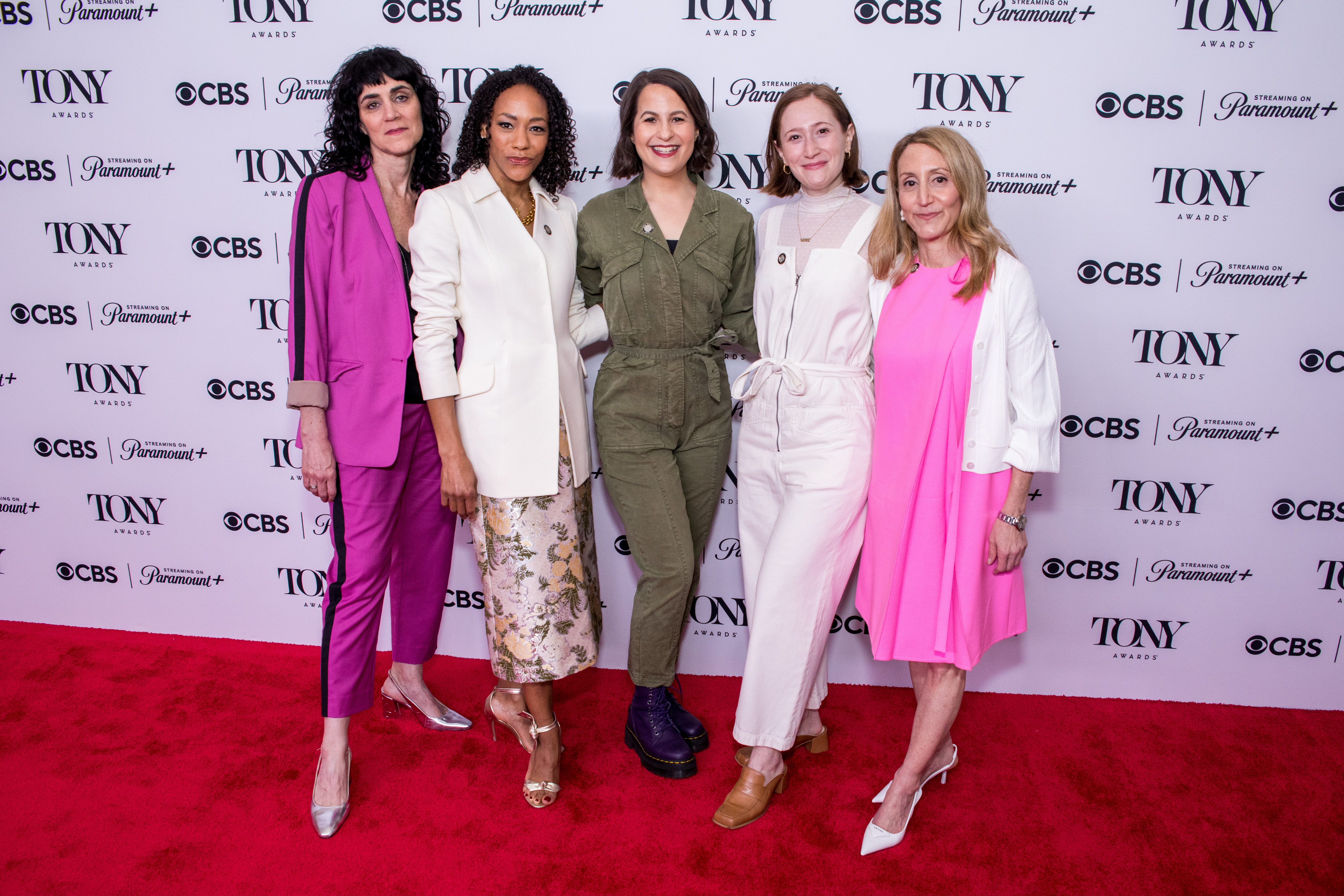
(© Tricia Baron)


